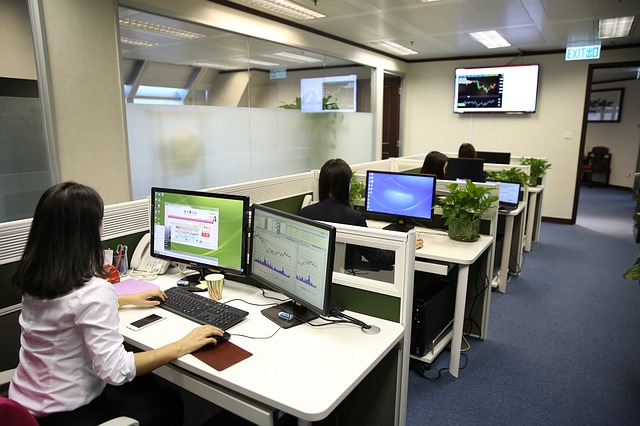Automation

Commercial Building
Smart buildings centralize its heating, ventilation and air conditioning, lighting and other systems through a building management system or building automation system. They deliver useful building services that make occupants productive (e.g. illumination, thermal comfort, air quality, physical security, sanitation, and many more) at the lowest cost and environmental impact over the building lifecycle. Smart buildings use information technology during operation to connect a variety of subsystems, which typically operate independently, so that these systems can share information to optimize total building performance.
Residential Building
A smart home system will control lighting, climate, entertainment systems, and appliances. It may also include home security such as access control and alarm systems.


